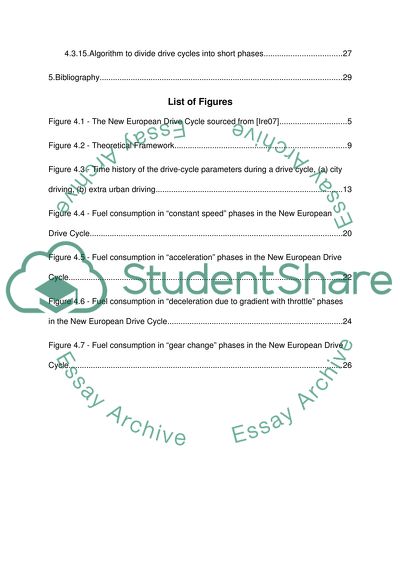Cite this document
(Mathematical Model for Prediction of Fuel Consumption During Drive Cycles Research Paper Example | Topics and Well Written Essays - 4750 words, n.d.)
Mathematical Model for Prediction of Fuel Consumption During Drive Cycles Research Paper Example | Topics and Well Written Essays - 4750 words. https://studentshare.org/engineering-and-construction/1805810-chapter-4
Mathematical Model for Prediction of Fuel Consumption During Drive Cycles Research Paper Example | Topics and Well Written Essays - 4750 words. https://studentshare.org/engineering-and-construction/1805810-chapter-4
(Mathematical Model for Prediction of Fuel Consumption During Drive Cycles Research Paper Example | Topics and Well Written Essays - 4750 Words)
Mathematical Model for Prediction of Fuel Consumption During Drive Cycles Research Paper Example | Topics and Well Written Essays - 4750 Words. https://studentshare.org/engineering-and-construction/1805810-chapter-4.
Mathematical Model for Prediction of Fuel Consumption During Drive Cycles Research Paper Example | Topics and Well Written Essays - 4750 Words. https://studentshare.org/engineering-and-construction/1805810-chapter-4.
“Mathematical Model for Prediction of Fuel Consumption During Drive Cycles Research Paper Example | Topics and Well Written Essays - 4750 Words”. https://studentshare.org/engineering-and-construction/1805810-chapter-4.


